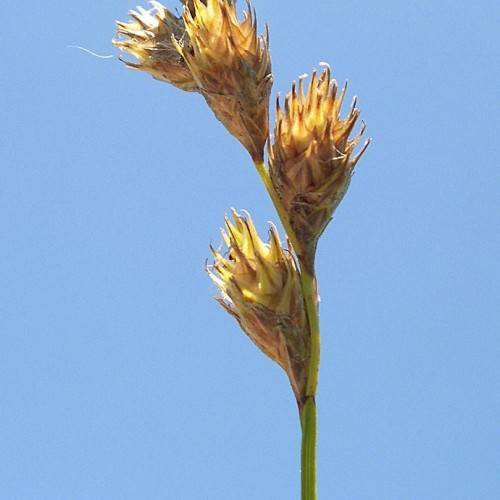
Sedge
Carex bebbii x
Watering:
Minimal
Hardiness Zone:
Flowers:
Flowers
Sun:
Sun, Partial Shade
Soil:
Clay, Sand
Leaf:
Yes
Growth Rate:
Low
Drought Tolerant:
Yes
Salt Tolerant:
Yes
Care Level:
Medium
watering
Bailey's Sedge should be watered when its soil looks and feels dry. On average, water it about once every 1-2 weeks. Make sure that when you water it, you water deeply to give the plant its full share of moisture and that no excess moisture is being left in the pot. Additionally, be sure to empty the drainage saucer that the pot may be resting in after watering if applicable.
sunlight
Bailey's Sedge does best in full sun to partial shade conditions. It should receive at least 4 hours of direct sunlight per day. This sun should be evenly spaced out and not concentrated within a 4-hour period; rather, it should be spread out throughout the day. If Bailey's Sedge is planted in an area that receives more shade, it should receive indirect sunlight for at least 2 hours a day in order to thrive and produce more vibrant, healthy plants.
pruning
Bailey's Sedge (Carex baileyi) should be pruned lightly in early spring, before the new growth starts. Prune back any damaged or dead leaves or stalks. If your sedge is leggy, trim back up to 1-third of the old growth to help promote bushier growth in its place. After the initial pruning, deadhead any brown or wilted foliage to keep the plant neat and tidy throughout the season. Prune off any foliage that turns brown in the fall, or shortly after the first frost of the season.
